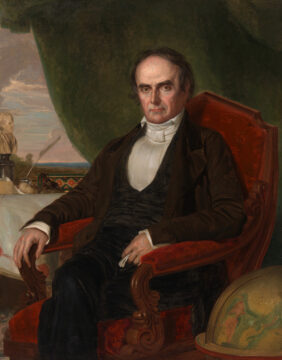by Claire Chambers
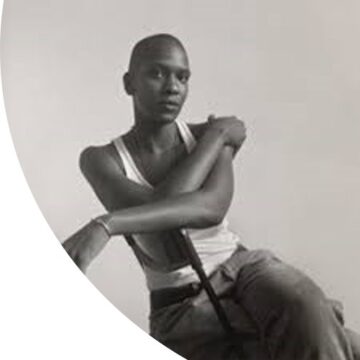 In her provocative, genre-defying book, Funeral Diva (2020), Pamela Sneed declares her intention to write ‘a story about being trapped in a story’. This is Sneed’s metafictional idea that main storylines can fail to capture the full reality. To counter dominant narratives, the author creates a turbulent churn of memoir, poetry, essays, criticism, and commentary about marginalized identities. She includes a prose poem entitled ‘A New Story’ which closes with the hopeful resolution: ‘I am going to write a new story’. Funeral Diva seems to belong to an entirely fresh genre, making readers wonder whether there are other ways to tell stories that haven’t yet been thought of.
In her provocative, genre-defying book, Funeral Diva (2020), Pamela Sneed declares her intention to write ‘a story about being trapped in a story’. This is Sneed’s metafictional idea that main storylines can fail to capture the full reality. To counter dominant narratives, the author creates a turbulent churn of memoir, poetry, essays, criticism, and commentary about marginalized identities. She includes a prose poem entitled ‘A New Story’ which closes with the hopeful resolution: ‘I am going to write a new story’. Funeral Diva seems to belong to an entirely fresh genre, making readers wonder whether there are other ways to tell stories that haven’t yet been thought of.
To push back against received ideas regarding gay liberation and the AIDS crisis, Sneed highlights whose voices are often left out. She brings together the personal and political, recent history and the contemporary, to explore HIV/AIDS, health inequalities, racial injustice, and the broader struggles of being African American in the late twentieth and early twenty-first centuries. At the heart of Sneed’s narrative is a critical examination of stories – who tells them, how they are told, and the power relations that shape them.
Funeral Diva wasn’t released until late 2020, emerging out of at least ‘fifteen years’ of quiet germination. The volume’s completion was tied to trips Sneed made to Ghana and South Africa, which proved pivotal to her thinking. Also ‘pushing [her] across the finish line’ was the resurfacing of trauma during the Covid-19 pandemic, which echoed the devastation of the AIDS crisis. Read more »

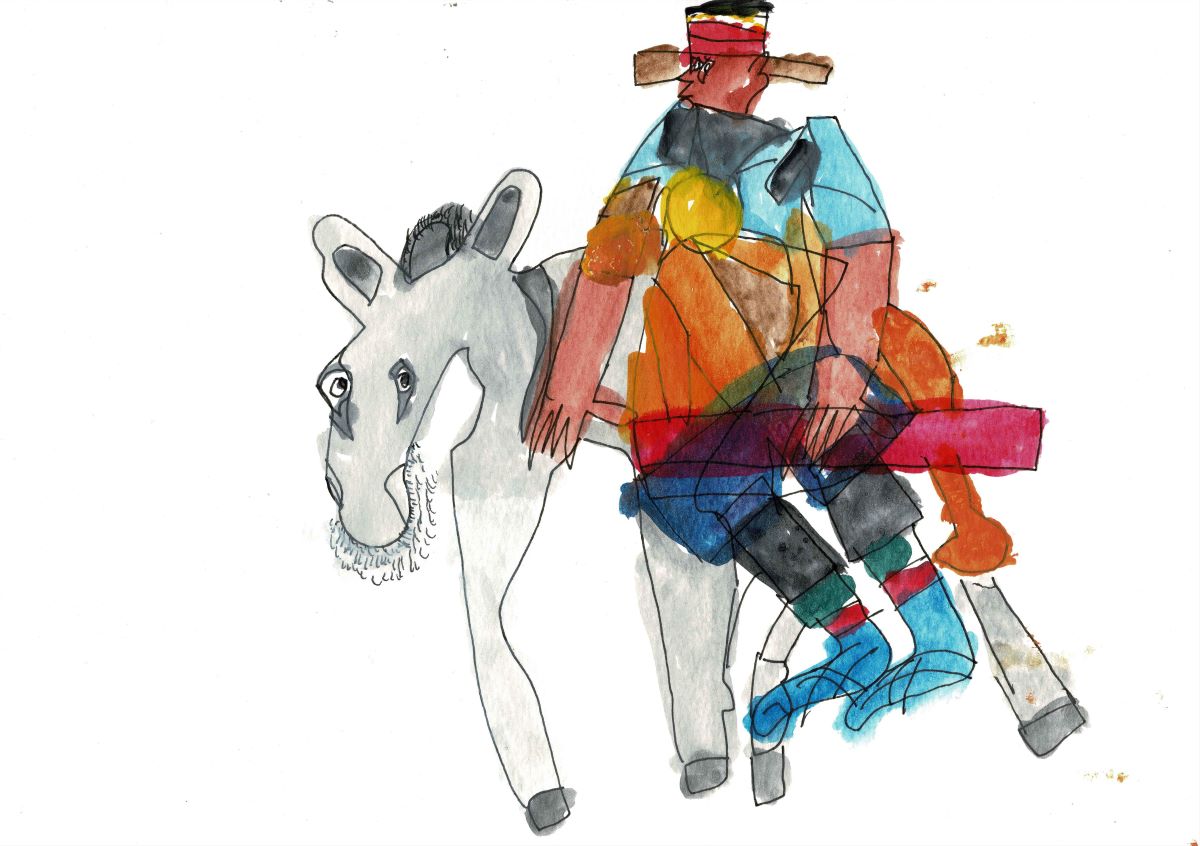
 There is a
There is a  Drug overdose deaths have more than doubled in America in the past 10 years, mainly due to the appearance of Fentanyl and other synthetic opioids. These drugs combine incredible ease of manufacture with potency in tiny amounts and dangerousness (the tiniest miscalculation in dosage makes them deadly).
Drug overdose deaths have more than doubled in America in the past 10 years, mainly due to the appearance of Fentanyl and other synthetic opioids. These drugs combine incredible ease of manufacture with potency in tiny amounts and dangerousness (the tiniest miscalculation in dosage makes them deadly).

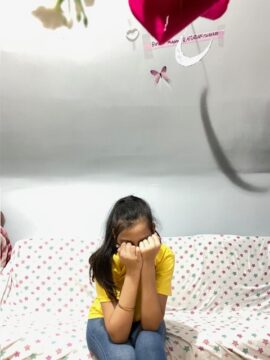
 Death has stalked me of late, claiming those whom I was once close to, or who remained closest to those who are closest to me.
Death has stalked me of late, claiming those whom I was once close to, or who remained closest to those who are closest to me.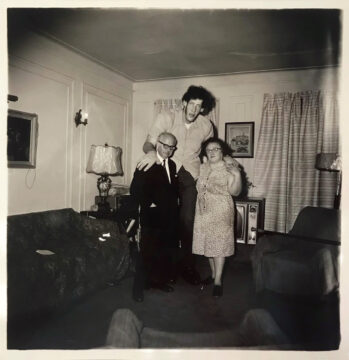
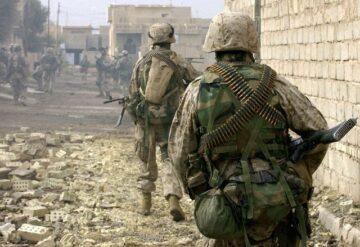 Sometimes, when you least expect to, you learn something about your country and the toll it has imposed on certain of its citizens. In ancient times these learnings weren’t so serendipitous. During WWII, for example, you would have known folks on your block who served and came back. And some who didn’t come back.
Sometimes, when you least expect to, you learn something about your country and the toll it has imposed on certain of its citizens. In ancient times these learnings weren’t so serendipitous. During WWII, for example, you would have known folks on your block who served and came back. And some who didn’t come back.
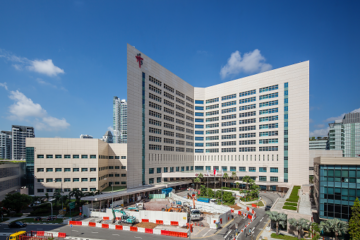

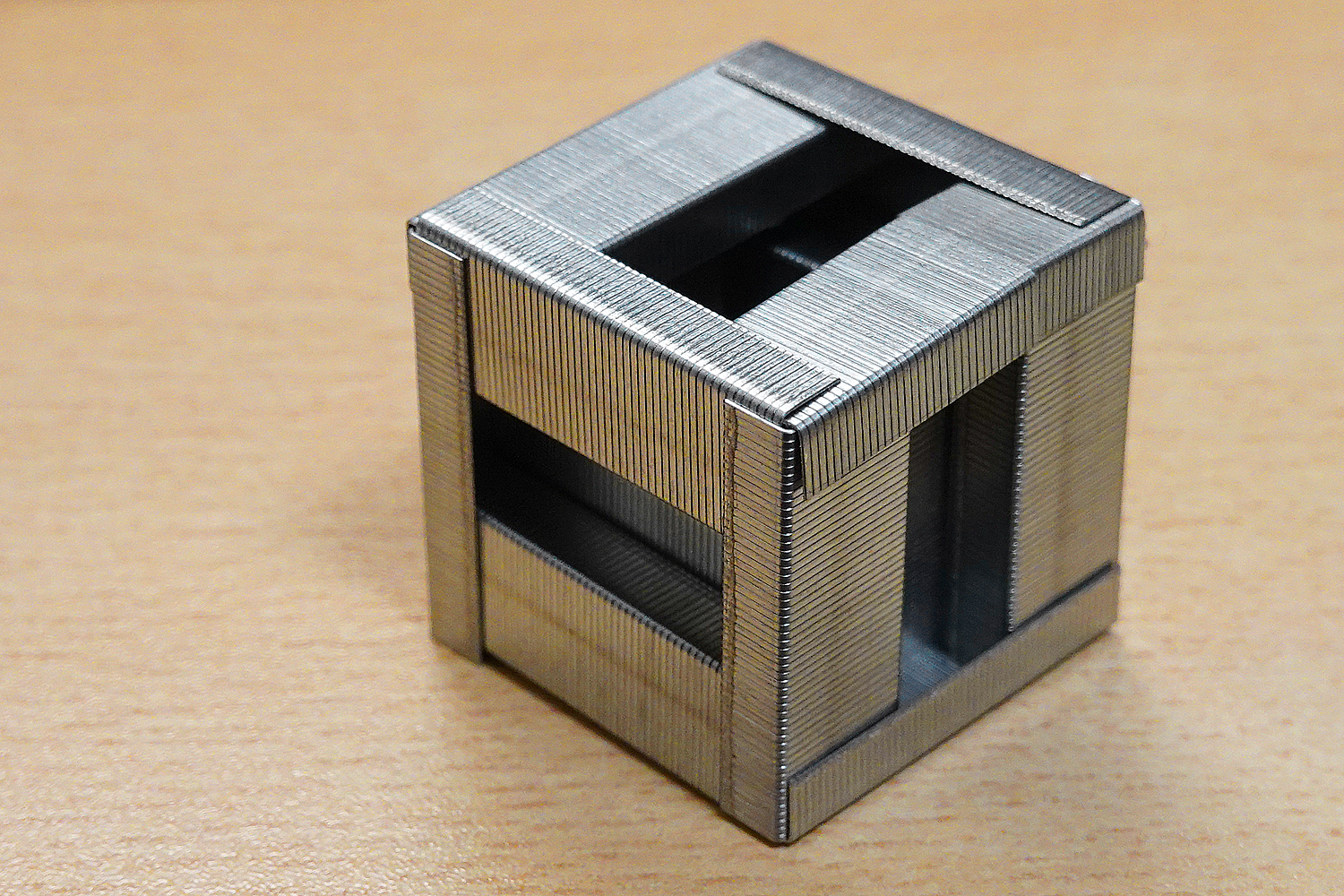

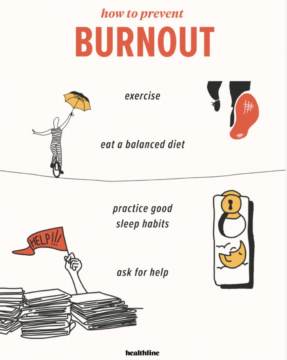 I started reading about burnout when I walked away from teaching earlier than expected. Suddenly, I couldn’t bring myself to open that door after over thirty years of bounding to work. A series of events wiped away any sense of agency, fairness, or shared values. Their wellness lunch-and-learns didn’t help me, and I soon discovered I’m not alone.
I started reading about burnout when I walked away from teaching earlier than expected. Suddenly, I couldn’t bring myself to open that door after over thirty years of bounding to work. A series of events wiped away any sense of agency, fairness, or shared values. Their wellness lunch-and-learns didn’t help me, and I soon discovered I’m not alone.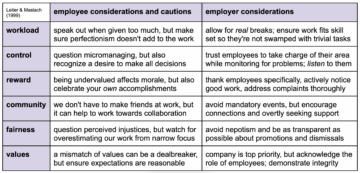
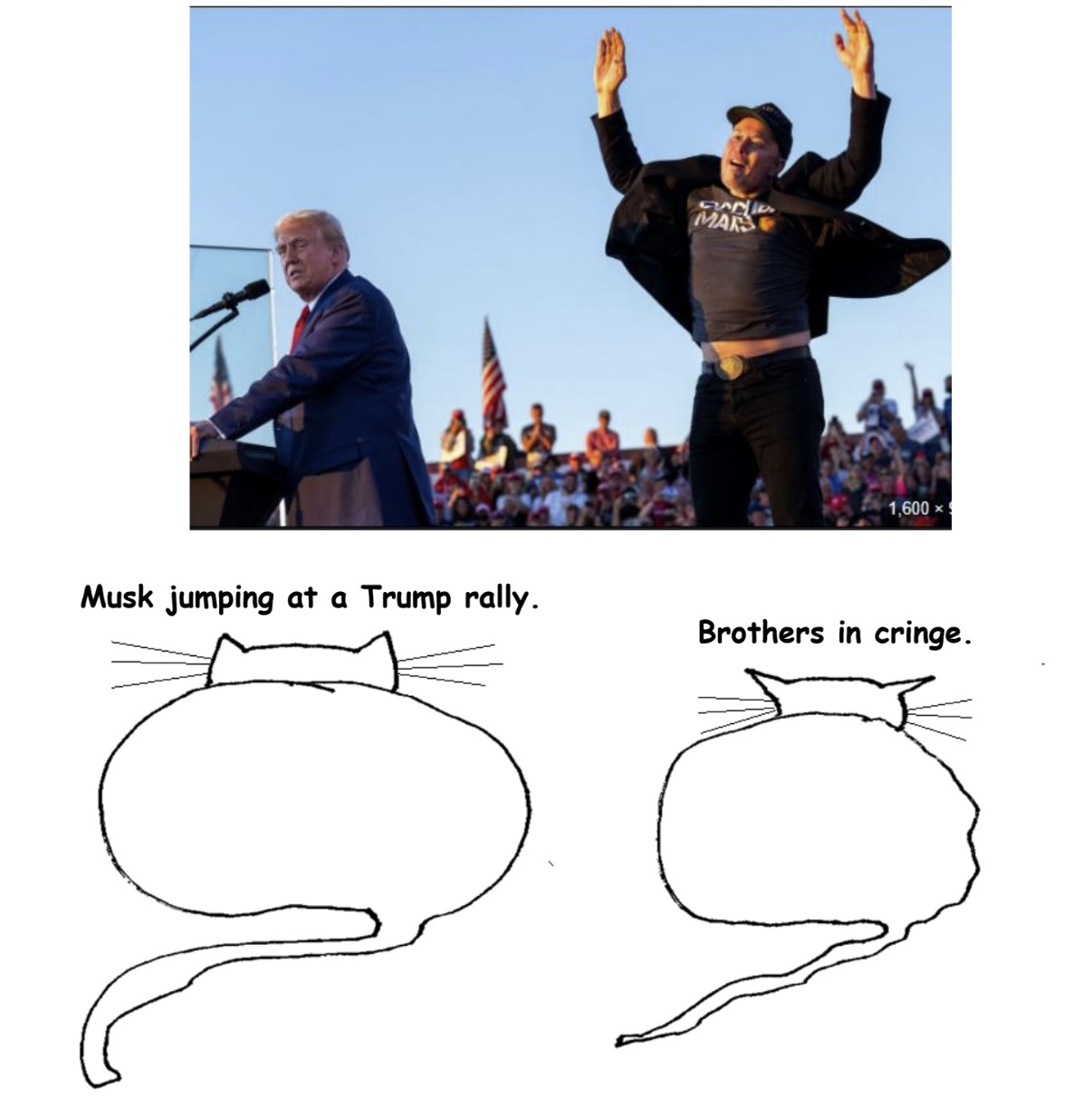
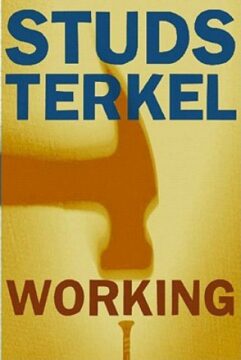 Eugene Russell, a piano tuner interviewed by
Eugene Russell, a piano tuner interviewed by 
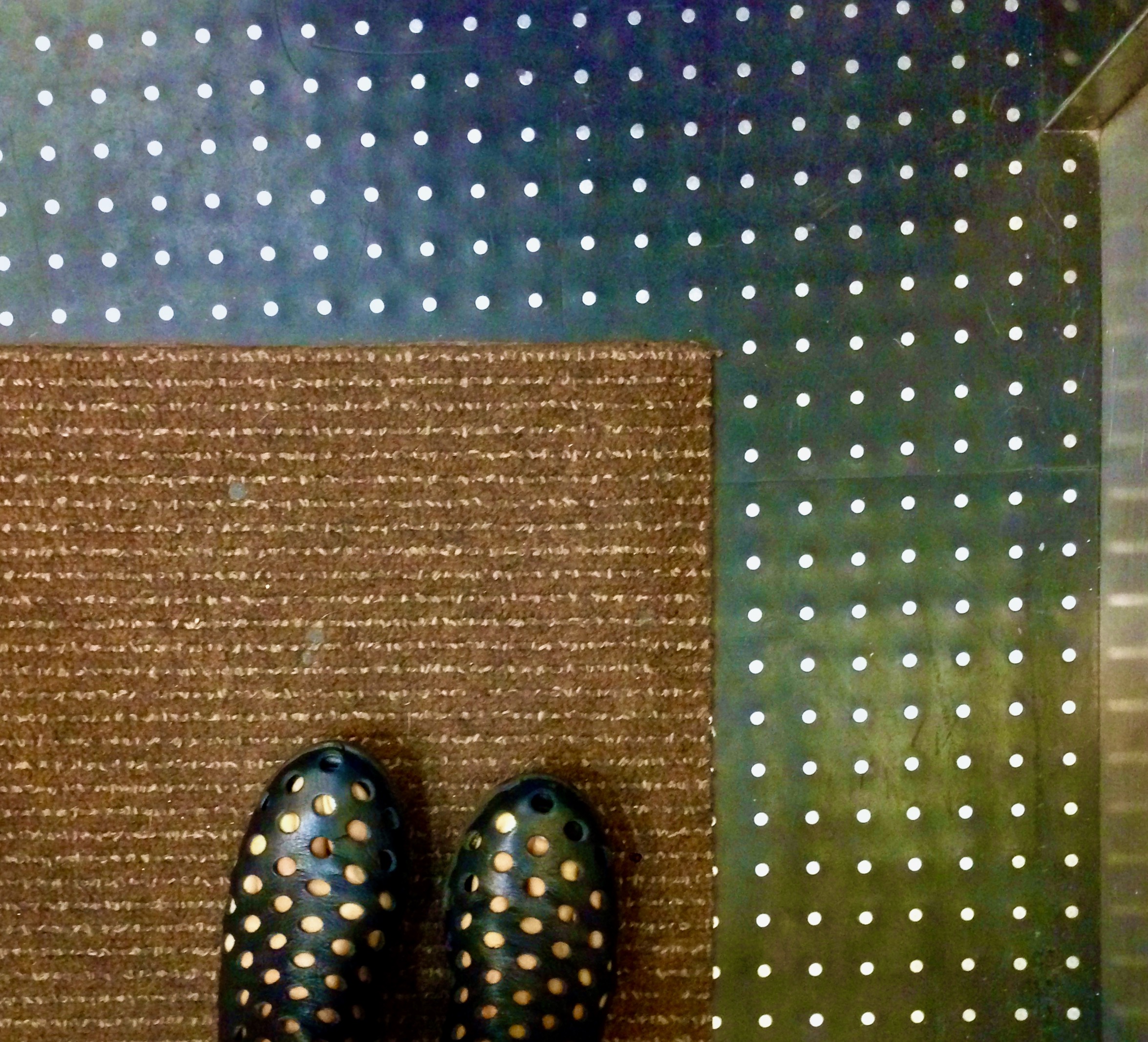 Sughra Raza. Untitled. June, 2014.
Sughra Raza. Untitled. June, 2014.